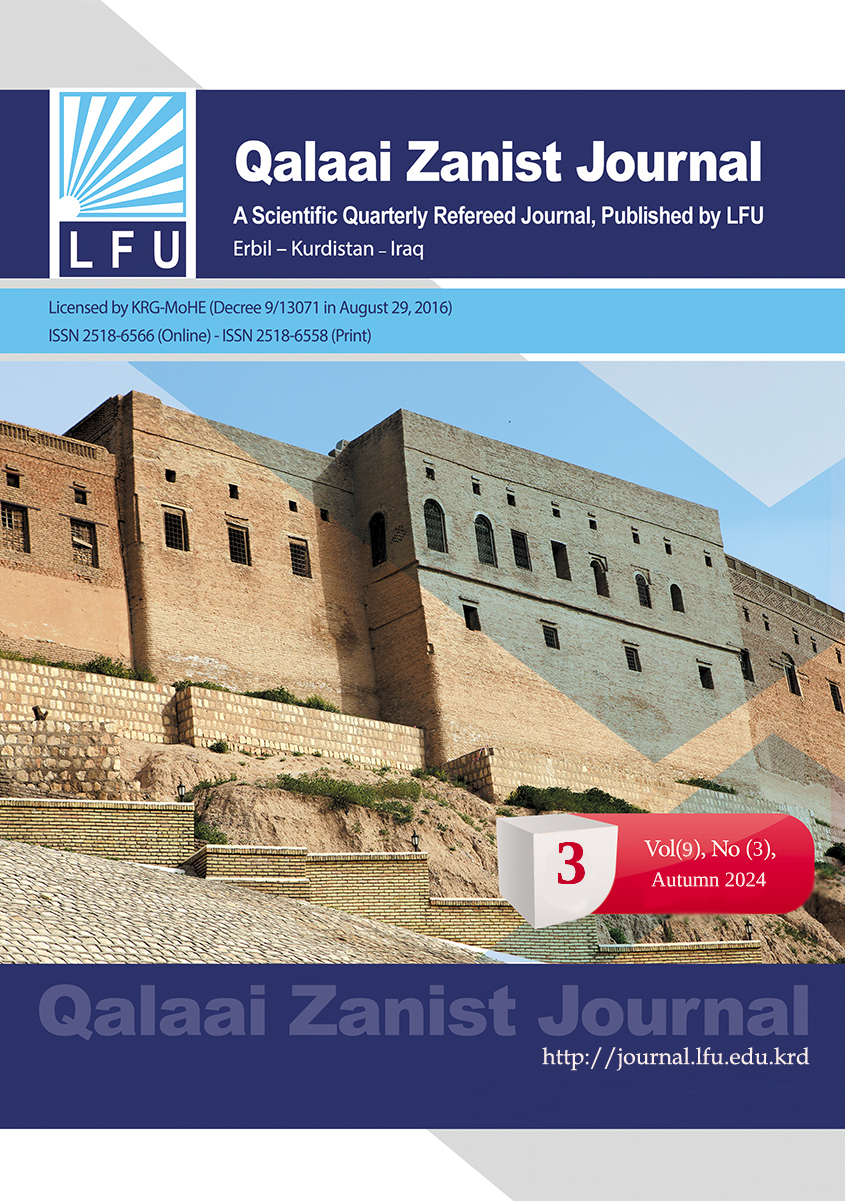An Interpersonal Meaning Analysis of Gender Variation in Central Kurdish Media Discourse
##plugins.themes.bootstrap3.article.main##
Abstract
The aim of the study is to analyze the role of interpersonal meta-function in maintaining friendship among language users in Central-Kurdish media discourse. The focus of the study is restricted to identifying the differences between male and female media discourses to prove the language variation exists between genders in the spoken discourse on TV and making use of the language interpersonal metafunction. The researchers use a descriptive and qualitative technique along with content analysis to examine media-spoken discourse. This study's methodology uses a qualitative exploratory approach to look at TV interview between male and female in Central-Kurdish. The purpose of this paper is to provide answers to the following questions: What is the most common mood type among TV interviewees in Central Kurdish media spoken discourse by each of the male and female interviewees? What is the most used personal pronoun in Central Kurdish spoken discourse TV interview by male and female interviewees? And, finally, how does the choice of personal pronouns affect the interpersonal meaning? The results quantitatively display information about the distribution of the results with regard to mood types, the selection of personal pronouns, and the impact of the usage of personal pronouns on interpersonal meaning. According to the study, the most common type of mood is a declarative mood, the third personal pronoun is dominant. In addition, the selection of Personal pronouns has a significant impact on how the speakers display their attitudes, wield influence, and maintain friendship with the audience in Central-Kurdish spoken media discourse.
Downloads
##plugins.themes.bootstrap3.article.details##
How to Cite
Copyright (c) 2024 Hawsar A. Shekhani

This work is licensed under a Creative Commons Attribution 4.0 International License.

